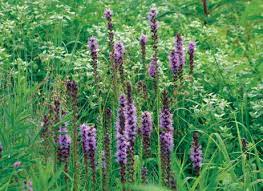Introduction
The use of native plants in the Shenandoah Valley plays a pivotal role in the health of the Chesapeake Bay watershed. This article delves into how our landscaping choices, particularly in plant selection and fertilizer use, directly affect this crucial ecosystem.
Native Plants: Keystone of the Ecosystem
Native plants are fundamental to Northern Virginia’s landscape. Their ability to thrive in local conditions makes them essential for stabilizing soil and reducing runoff. Homeowners and landscapers who opt for native plants not only enhance the area’s natural beauty but also support local wildlife and minimize the need for fertilizers.
Fertilizers and Nutrient Pollution
While fertilizers aid in plant growth, their excessive use leads to nutrient pollution in waterways. This runoff can severely impact the Chesapeake Bay, causing harmful algal blooms and damaging aquatic ecosystems. Therefore, it’s vital for everyone, from DIY enthusiasts to professional landscapers, to use fertilizers responsibly.
Managing Runoff Effectively
Runoff from landscaped areas is a major source of water pollution. Techniques such as creating rain gardens or plant buffer zones can significantly reduce this runoff, thereby protecting the Chesapeake watershed. These methods not only safeguard water quality but also add to the landscape’s aesthetic and ecological value.
Sustainable Landscaping Practices
Embracing sustainable landscaping practices, such as limiting fertilizer use and planting native species, is crucial for the health of the Chesapeake Bay watershed. These practices reduce environmental impact and support the ecosystem’s balance.
Community Engagement and Education
Educating the community about sustainable landscaping is essential. Homeowners, DIYers, and landscaping professionals can learn and share knowledge about the benefits of native plants and eco-friendly practices. Community programs and collaboration with environmental groups can enhance this learning process.
Conclusion
Our landscaping choices, especially the use of native plants and responsible fertilizer application, significantly impact the Chesapeake Bay watershed. By adopting sustainable practices, we can protect and enhance this vital ecosystem, ensuring its health and vitality for future generations.

